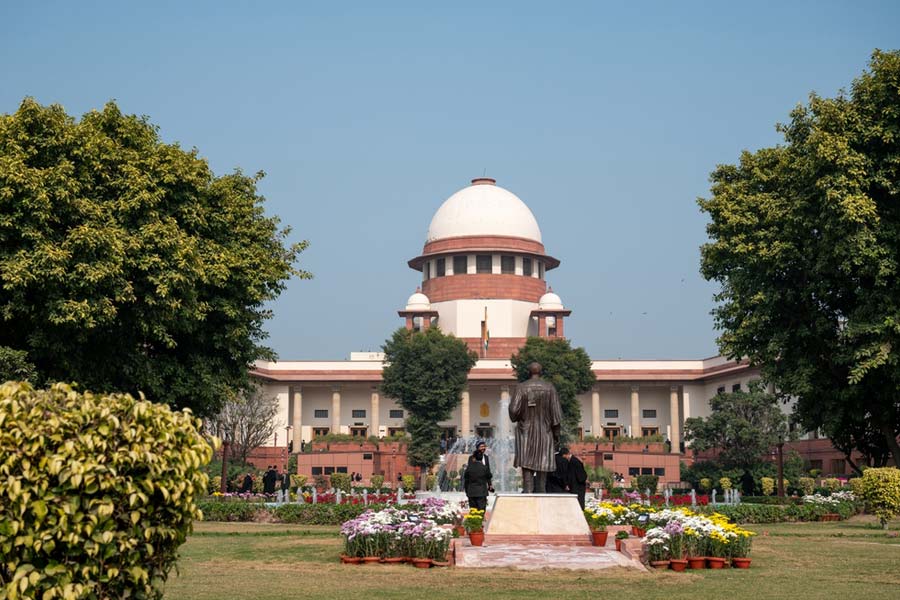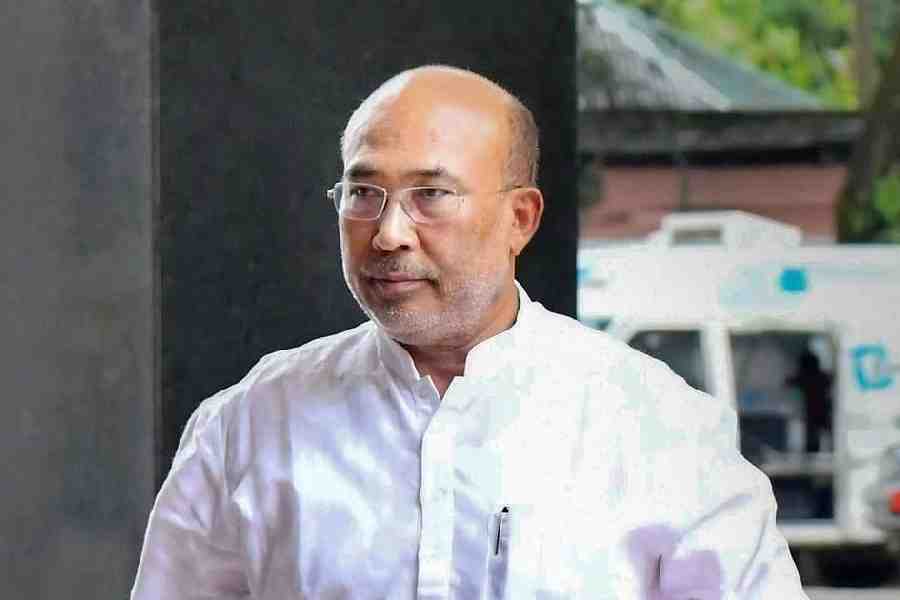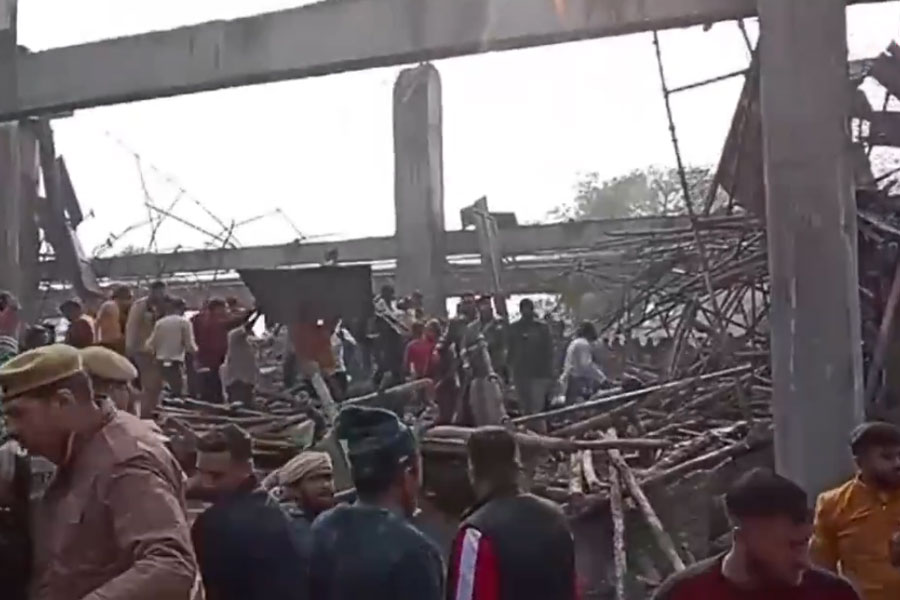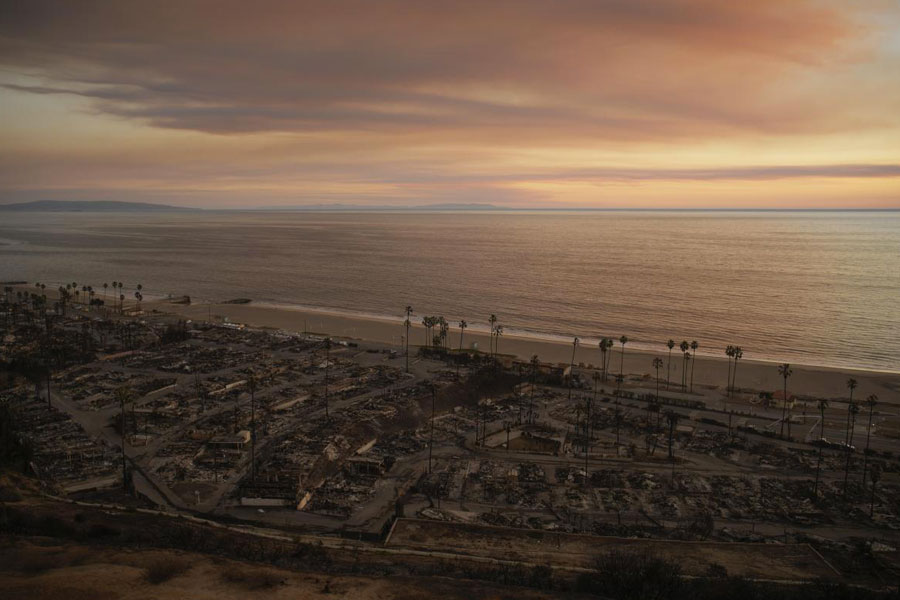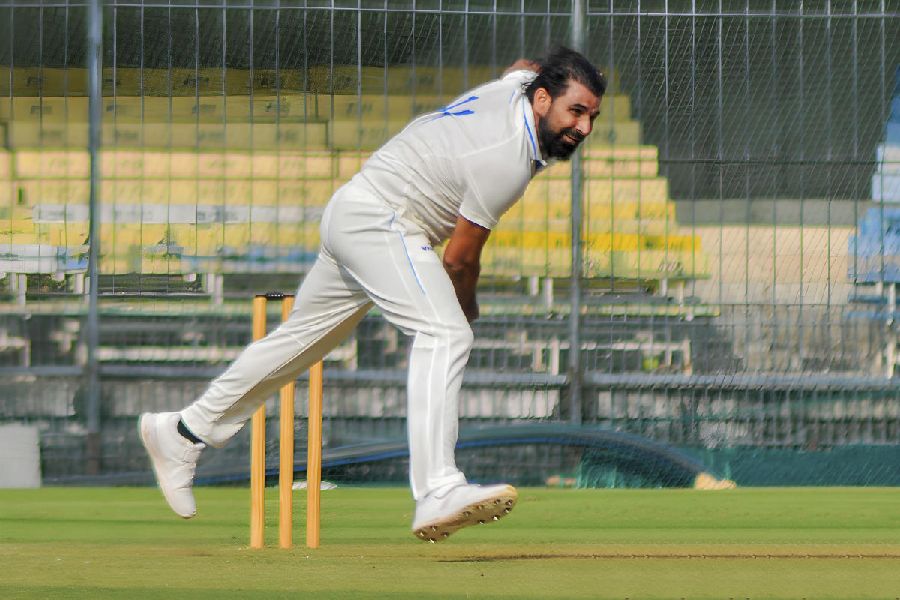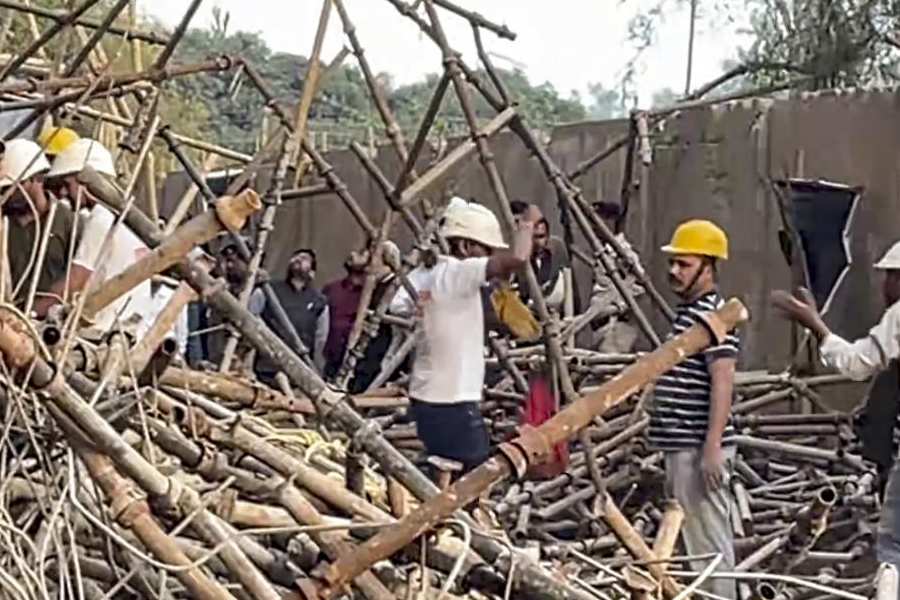The Iranian government first arrested him when he was a teenager protesting a crackdown on student activists. He remained undeterred.
For two decades, the regime repeatedly threw him into jail and detained him in psychiatric institutions, but the more Iran tried to silence him, the more outspoken Kianoosh Sanjari became. A tall, lanky man known for his dark suits and striped ties, he recounted the horrors he had experienced in interviews and videos posted on his social media accounts.
“The Islamic Republic ruined the days of my youth, as it did to millions of others,” Sanjari, a well-known journalist and human rights activist, once said. “Days that could have been filled with passion, happiness and sweetness were spent in prison, doing irreversible damage to my body and soul.”
Last Wednesday, Sanjari plummeted from a commercial building in central Tehran, hours after declaring that he would take his own life as a final act of protest if the government did not release four political prisoners by the evening. He was 42.
News of his death has shaken Iranians, with many saying it was the long years of government-inflicted trauma that ultimately led to his end. Many were especially rattled by the manner in which Sanjari’s death unfolded in public view, and in real time, as he posted a series of increasingly alarming messages on social media over the two days before it happened.
Amid the outcry, Iranians have been wrestling with subjects seldom discussed openly in the country: the effects of long-term trauma on political prisoners; the invisible mental health suffering of activists who may not reach out for help; and whether their country has adequate measures in place for people who threaten suicide.
“I would like to say that the Islamic Republic is directly responsible for Kianoosh’s death,” one longtime friend and fellow activist, Kourosh Sehati, said in an interview from London. “He wanted the regime gone; he wanted the release of the political prisoners.”
Some Iranian journalists pointed out that the authorities closely monitor the social media activity of activists and typically mobilise immediately to stop any public display of dissent. “Couldn’t security forces take an active role in preventing his death by any means?” one journalist, Amir Hossein Mosalla, wrote in an opinion essay.
New York Times News Service


